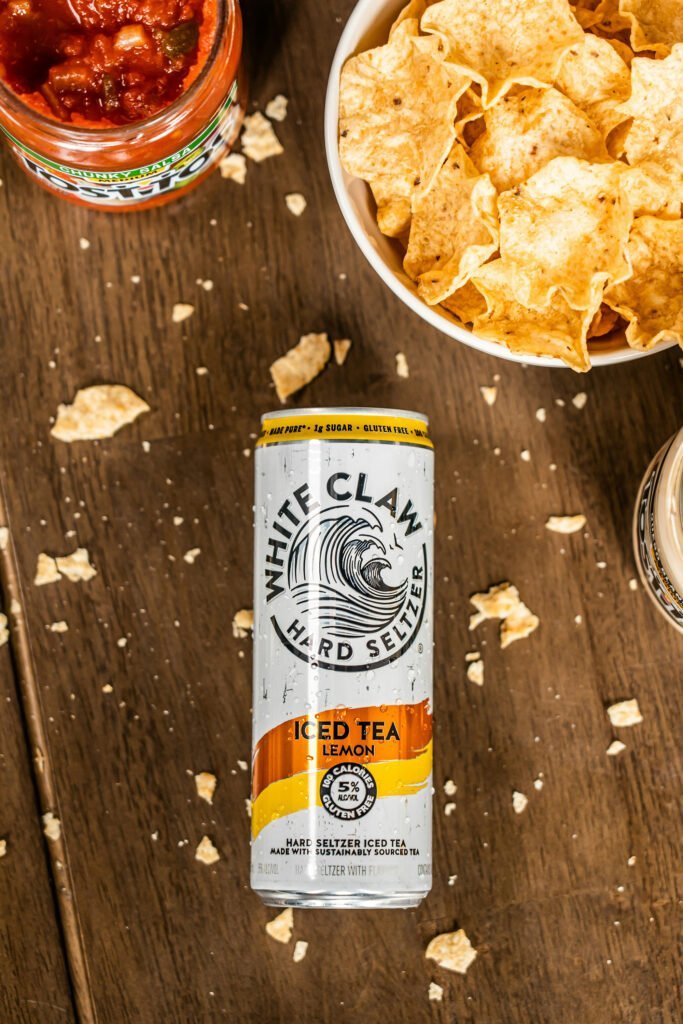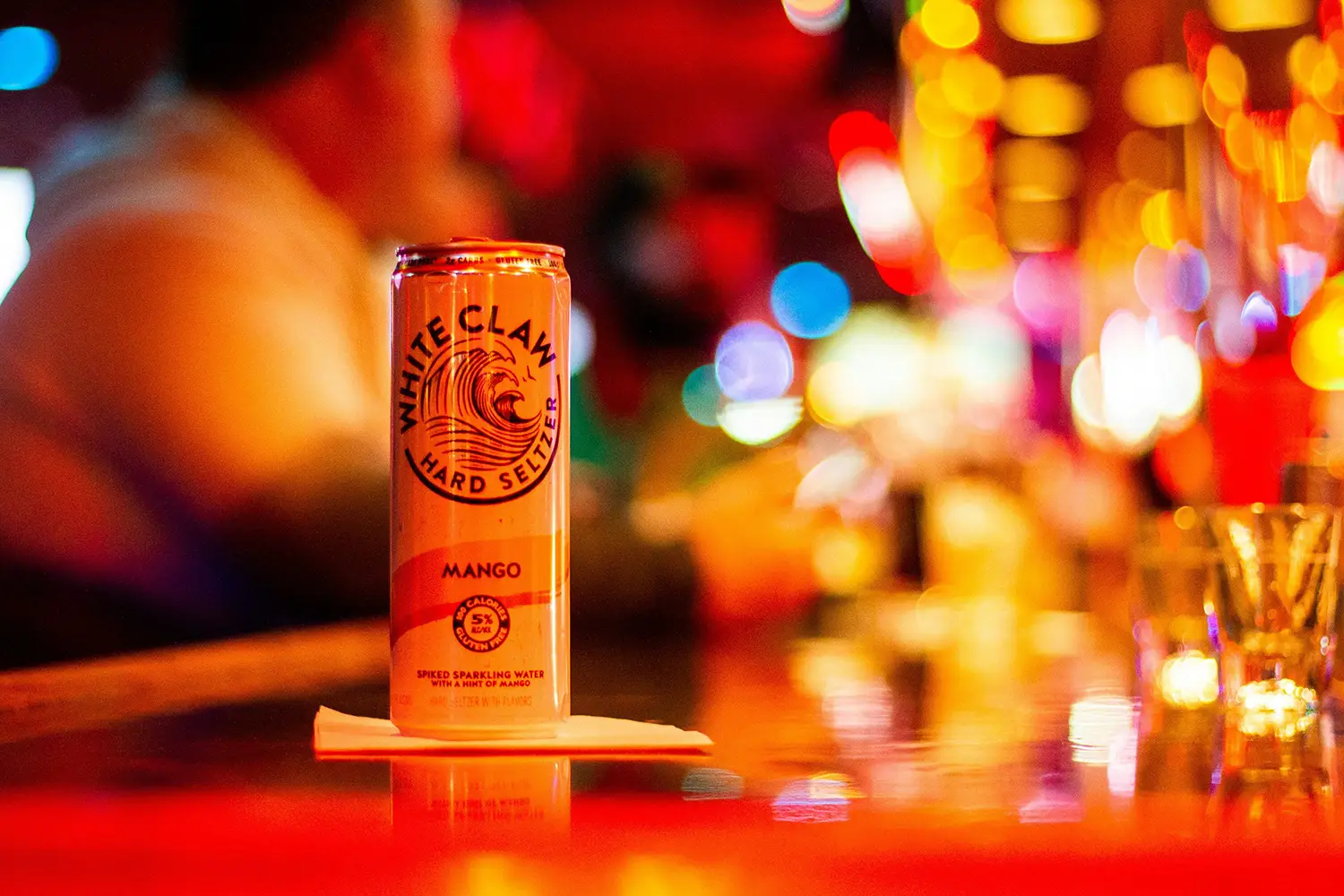In the past decade, White Claw has taken the world by storm. What began as a niche product has evolved into a cultural phenomenon, sparking a hard seltzer revolution that shows no signs of slowing down. So, how did White Claw, with its crisp taste and low-calorie appeal, rise to the top of the beverage industry? Let’s dive into the sparkling history of White Claw and explore why it became the go-to drink for millions.
The Birth of White Claw
White Claw was launched in 2016 by Mark Anthony Brands, the same company behind Mike’s Hard Lemonade. The timing couldn’t have been better. The wellness trend was on the rise, with more consumers seeking healthier, low-calorie alternatives to traditional alcoholic beverages. White Claw capitalized on this shift by offering a product that combined the lightness of sparkling water with the buzz of alcohol, all without the added sugars or artificial flavors commonly found in other drinks.
A Perfect Storm: Health Consciousness Meets Convenience
As health consciousness grew, so did the demand for drinks that could satisfy a craving for alcohol without derailing a diet. White Claw, with its 100 calories per can, 2 grams of carbs, and 5% alcohol by volume, was the perfect answer. It wasn’t just about drinking; it was about drinking smart.
The brand also benefited from the rise of the “grab-and-go” culture. Whether you’re at a beach, a backyard barbecue, or just relaxing at home, White Claw’s portable cans made it easy to enjoy a drink anywhere. This convenience, paired with the refreshing taste and variety of flavors like Black Cherry, Mango, and Lime, made White Claw an instant hit.
The White Claw Summer
The summer of 2019 marked a turning point for White Claw, often referred to as “The White Claw Summer.” Social media played a significant role in propelling the brand into the spotlight. Memes, hashtags, and viral videos featuring the drink spread like wildfire, creating a cultural moment that was impossible to ignore. Celebrities, influencers, and everyday consumers alike were sharing their love for White Claw, turning it into more than just a drink— it became a lifestyle.

The phrase “Ain’t no laws when you’re drinking Claws” became a rallying cry for fans, further solidifying the drink’s place in popular culture. White Claw wasn’t just a beverage choice; it was a symbol of fun, freedom, and a new way of socializing.
Competition and Innovation
With success comes competition, and the hard seltzer market soon became crowded with brands vying for a slice of the pie. From Truly to Bud Light Seltzer, everyone wanted in on the action. But White Claw managed to stay ahead of the curve by continuously innovating. In 2020, the brand introduced White Claw 70, a lower-calorie option with just 70 calories per can, and White Claw Surge, with 8% alcohol content for those seeking a stronger buzz.
White Claw also expanded its flavor lineup, ensuring there was something for everyone. The brand’s ability to adapt and evolve has been key to its sustained popularity, even as the market becomes more saturated.
The Future of White Claw
So, what does the future hold for White Claw? If the past few years are any indication, the brand is here to stay. The hard seltzer market is expected to continue growing, with more consumers opting for lighter, more refreshing alcoholic beverages. White Claw has become synonymous with this trend, and as long as it continues to innovate and meet consumer demands, it will likely remain a dominant force.
Moreover, the global expansion of White Claw into markets like Canada, Australia, and Europe suggests that its appeal isn’t limited to the United States. The brand has tapped into a universal desire for convenient, health-conscious, and flavorful alcoholic options, making it a favorite around the world.

